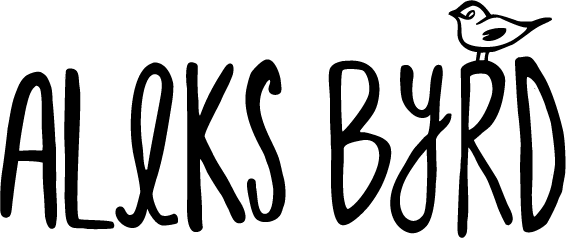Where the eight point star or rose became famous
The eight point star motif which is commonly found ( and with many variations) around the nordic region, It is probably best known and associated with Norway as a "national symbol"
While the eight point star and in some places/ instances referred to as a rose explained by the Selbu Bygdemuseum exhibit:
It is well known that the eight-point star is a universal symbol which has existed through many ages as well as in diverse places, and in just as many cultures and religions around the world. The motif is used in different ways in all kinds of handicraft in embroidery, tapestry, wood carving and of course knitting. Although the eight-point star is a well-known and worldwide symbol existing for thousands of years, in Norway, this star is mostly known as the “Selbu-rose”
The motif pattern for mittens was created in Selbu, Norway by Marit Emstad who knit a pair of mittens in black and white with eight-loin star roses in 1857.
The motifs had wide variation and inspiration as described as (Selbu Bygdemuseum 2015),
The motifs therefore often have names after farms or persons: The Kallarstrø-rose, the Heggset-rose, the Emstad-rose, and so on. Some patterns were developed and copied from older motifs used in embroidery, tapestry and wood carving, and some were named after nature and things from everyday life: the coffee bean, the snowflake, the spider, the clot of spittle and pine bough pattern. Some patterns also were called The Endless-rose – never ending pattern. There is also a significant pattern called Værhornros, Ramrose, which is inspired from the antlers of the ram.
The variation from farm to farm gives each location its own distinctive motif not unlike that seen in Estonia from parish to parish as well as the inspiration from everyday life patterns called "spider", "snowflake" and "fly's wing".
Selection of chart patterns from the Selbu Bygdemuseum in Selbu,Norway
Reference
Selbu Bygdemuseum (2015) Strikkeutstilling. Available at: https://www.selbu.kommune.no/enheter/bygdemuseum/bygdemuseet/strikkeutstilling/Documents/The%20Selbu%20mitten.pdf

